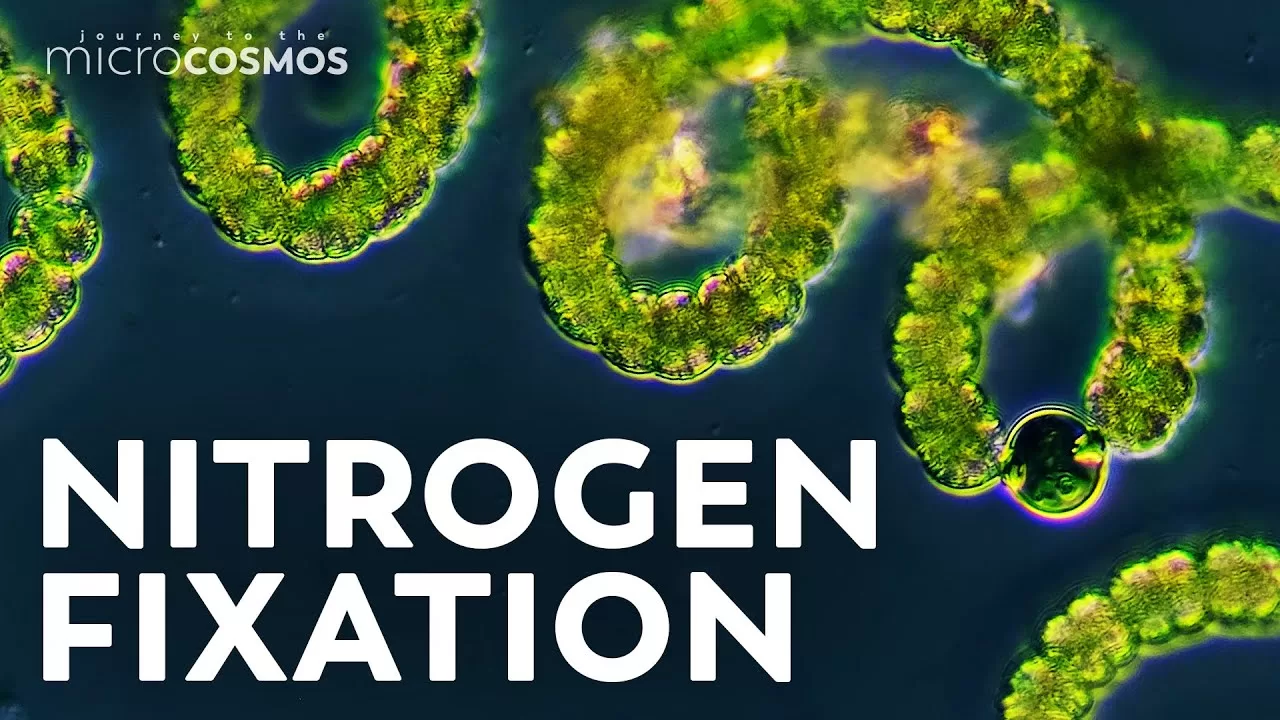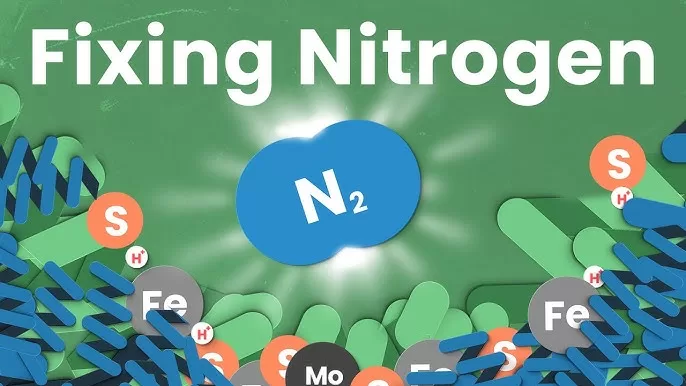
Thanks to our installation, in the process of electrohydraulic discharge in ordinary water from reservoirs, which during the treatment is saturated with nitrogen (as essentially happens during a lightning discharge or thunderstorm), within 14-30 days huge colonies of nitrogen-fixing bacteria develop, which turn ordinary water into nitrogen fertilizers!
What is NITROGEN FIXATION?
The essence of the nitrogen fixation process is the transformation of weakly reactive atmospheric N2 into highly reactive components (nitrates, nitrites or ammonium). The importance of nitrogen fixation is explained by the fact that plants can easily assimilate only highly reactive forms of nitrogen, and this ensures their development. Nitrogen deficiency, on the contrary, slows down growth and prevents healthy development of plants.
About 90% of natural nitrogen fixation on our planet occurs biotically thanks to soil microorganisms. Abiotic natural inducers of nitrogen fixation are lightning and ultraviolet rays. Nitrogen is also fixed using our GRINBIO-1000 equipment.
The chemical reaction of nitrogen fixation means the cleavage of the triple bond in N2 to ammonia (NH3) or ammonium (NH4+). The process of nitrogen fixation is sometimes called dinitrogen fixation (emphasizing the presence of two nitrogen atoms in the formula of the compound).

Nitrogen. This element is very common in nature, but plants often remain hungry, being, as they say, at a rich table. The EG effect can help here too. Experiments have shown that if ordinary irrigation water taken from any reservoir is electrohydraulically processed, “crushed”, the amount of dissolved nitrogen compounds in it quickly increases. In addition, air consisting of 78% nitrogen, gaseous nitrogen and even exhaust gases can be blown through it under low pressure, which, having been utilized in this way, will pollute the atmosphere less. And the result is amazing: ordinary irrigation water becomes a nitrogen-rich fertilizer!
BACTERIAL EXPLOSION
This is the name given by L. A. Yutkin to the phenomenon of extremely intensive – “explosive” reproduction of bacteria in an electrohydraulic treated bacterial environment.
The researcher first encountered a similar effect in experiments on electrical treatment of water. It was noted that as a result of EG exposure, the vital activity of aquatic microflora, depending on the duration and intensity of treatment, is quickly suppressed to one degree or another. But after the treatment is stopped, the opposite occurs: microorganisms begin to multiply rapidly. What is the matter here?
The scientist explained it this way.
Microorganisms that retained the ability to reproduce were probably the most viable, since only they could survive the process of “artificial selection” carried out by the most powerful effect of an electrohydraulic shock. Such high viability, apparently, serves as a guarantee of their subsequent rapid reproduction. Moreover, in water subjected to EG-treatment they have no enemies or competitors, and the substrate itself, containing instantly killed and completely destroyed bacteria, becomes an ideal nutrient medium for the subsequent development of microflora. But this process can be controlled by changing the parameters of electrohydraulic shocks, introducing into the substrate certain protective substances that allow the microorganisms we need to survive, achieving a bacterial explosion by seeding microorganisms into a medium previously sterilized by the electrohydraulic effect. In short, the “bacterial explosion” can be very precisely adjusted, which opens up broad prospects for its practical use.
It has been proven and time-tested that the number of such bacteria in water increases 300 times, the so-called “Bacterial explosion”, which L. Yutkin himself has repeatedly described in his reports.
Thus, we get the nitrogen-fixing bacteria we need, just by spending a little electricity! It’s natural, it’s cheap and finally ecologically correct in relation to nature and our health! We can get excellent fertilizers and, as a result, healthy and chemical-free food products!


Nitrogen-fixing bacteria are a group of microorganisms that can convert atmospheric nitrogen gas into ammonia, which is a form of nitrogen available to plants. Nitrogen-fixing bacteria play an important role in the nitrogen cycle in nature, providing plants with the nitrogen they need to grow and develop.
There are two main types of nitrogen-fixing bacteria.
Symbiotic nitrogen fixers
They live in symbiosis with plants, such as legumes.
Symbiotic nitrogen fixers form nodules on the roots of legumes. In these nodules, bacteria receive the necessary nutrients from the plants, in exchange for which they provide the plants with nitrogen.
Free-living nitrogen fixers
They live in soil, water and other environments.
Free-living nitrogen fixers live in soil, water and other environments. They can be aerobic or anaerobic. Aerobic nitrogen fixers use oxygen to fix nitrogen, anaerobic ones do not.

